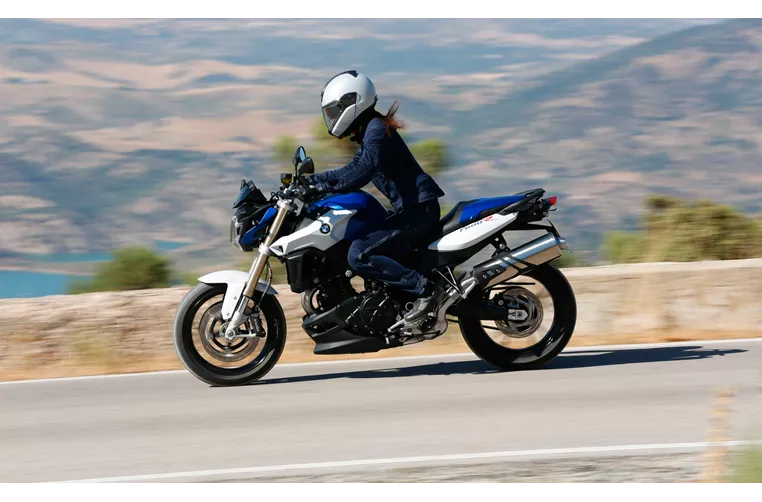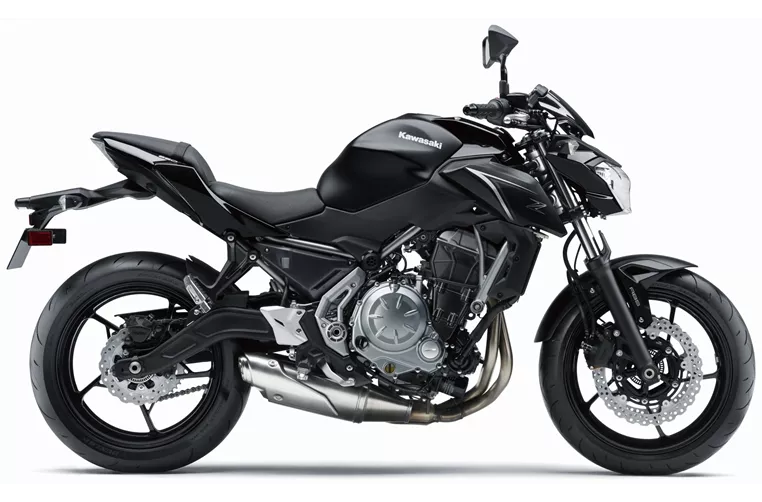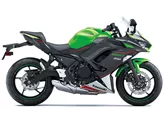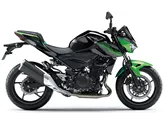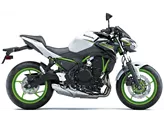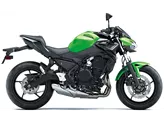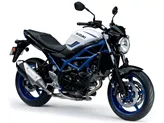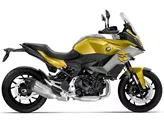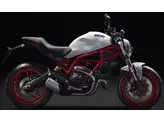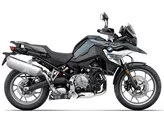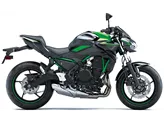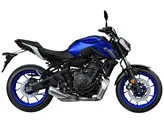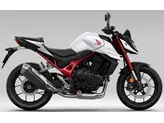BMW F 800 R 2015 vs. Kawasaki Z650 2017
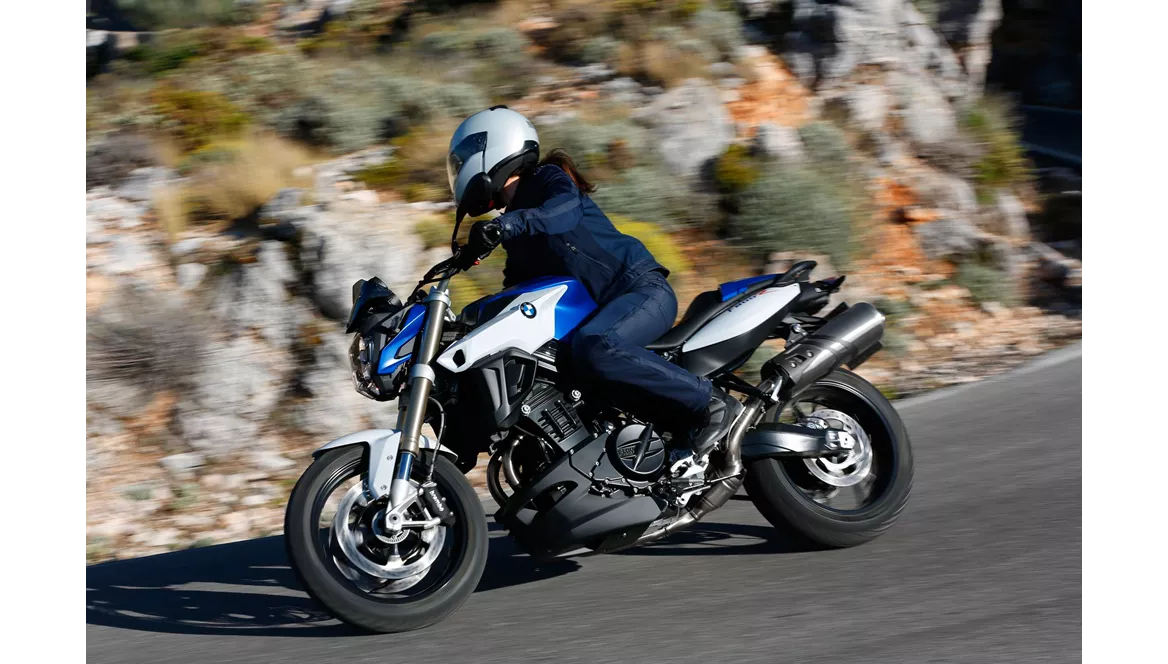
BMW F 800 R 2015
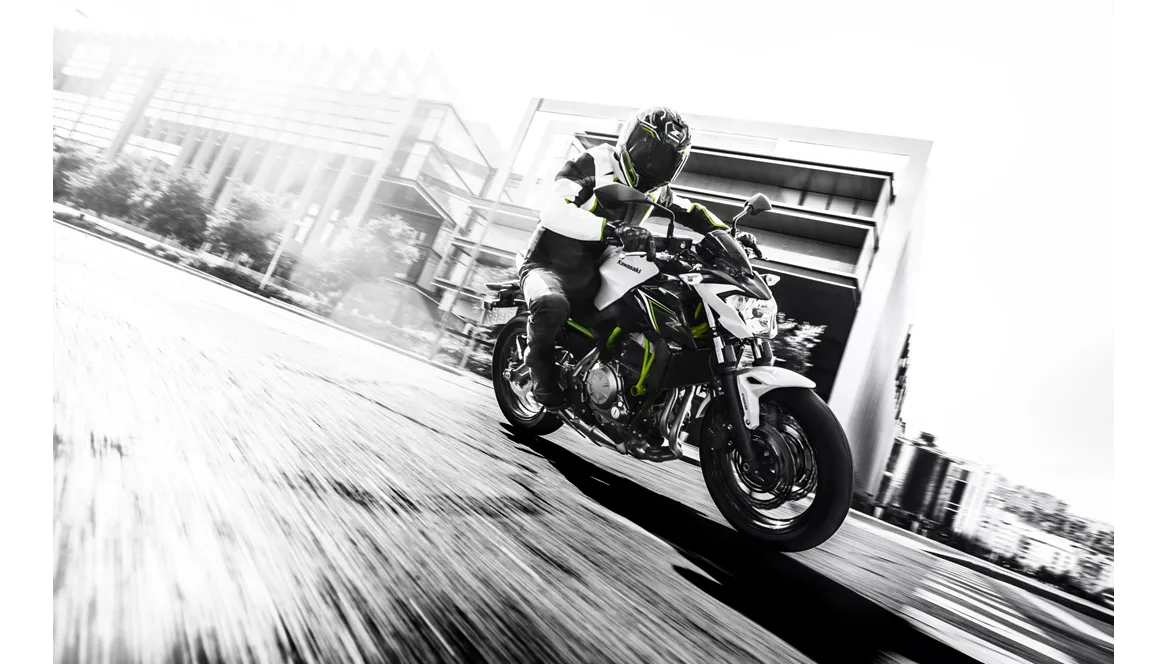
Kawasaki Z650 2017
Overview - BMW F 800 R 2015 vs Kawasaki Z650 2017
The BMW F 800 R 2015 and the Kawasaki Z650 2017 are both naked bikes with similar engine configurations, as they both have 2 cylinders and a displacement of around 650-800cc. However, there are several differences between the two models.
In terms of engine power, the BMW F 800 R 2015 has a higher output with 90 HP compared to the Kawasaki Z650 2017's 68.2 HP. This means that the BMW offers more power and potentially better acceleration.
In terms of torque, the BMW F 800 R 2015 also has a higher value with 86 Nm compared to the Kawasaki Z650 2017's 65.7 Nm. This means that the BMW may offer better low-end power and more responsive throttle control.
Both bikes have a swing arm rear suspension, but the BMW F 800 R 2015 has an upside-down telescopic fork front suspension, while the Kawasaki Z650 2017 has a regular telescopic fork. The upside-down fork on the BMW may offer better handling and stability, especially during aggressive riding.
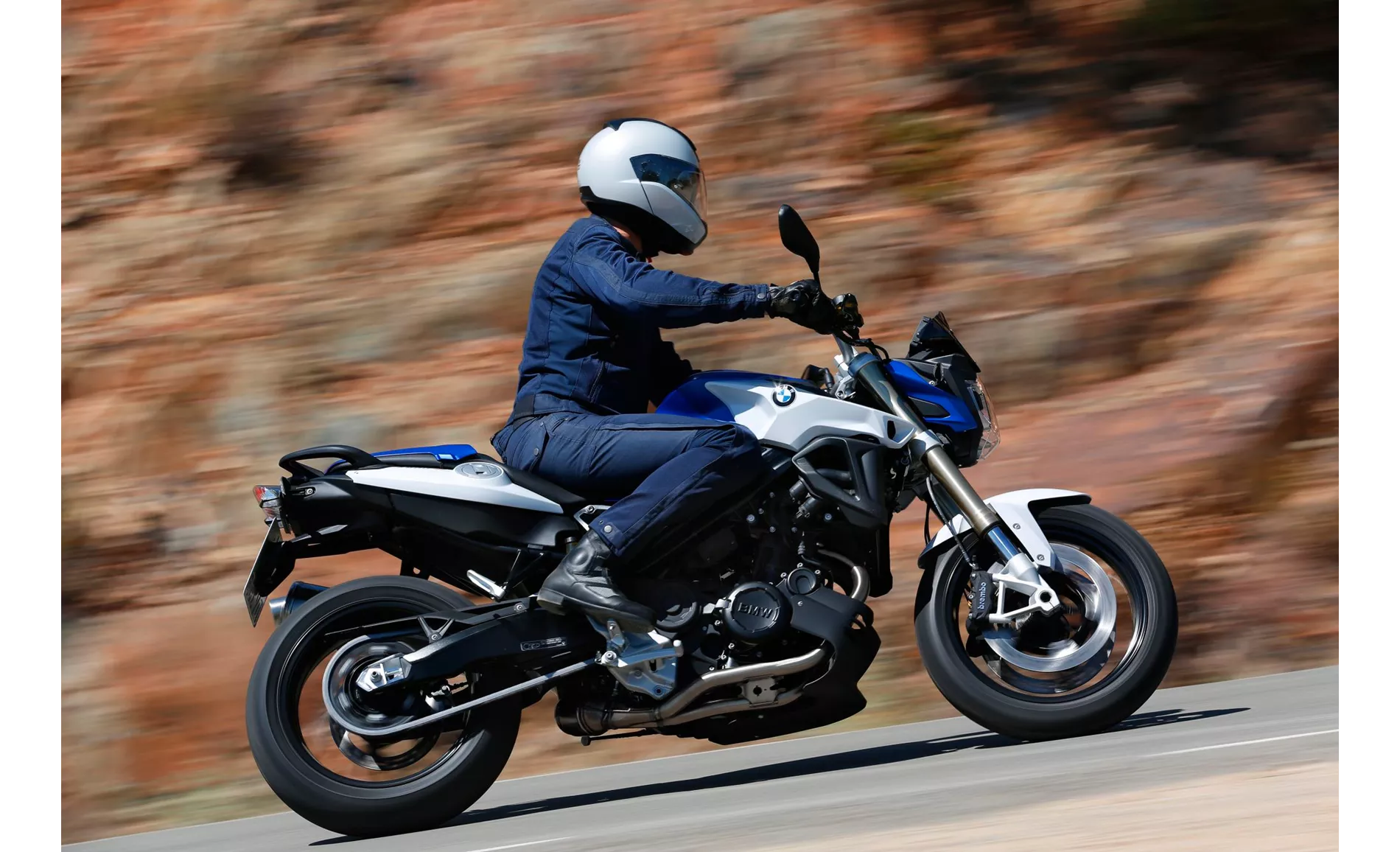
BMW F 800 R 2015
In terms of the chassis, the BMW F 800 R 2015 has an aluminum frame, while the Kawasaki Z650 2017 has a steel frame. The aluminum frame on the BMW may offer better rigidity and lighter weight, resulting in improved handling and maneuverability.
Both bikes have double disk front brakes, but the BMW F 800 R 2015 has four-piston calipers compared to the Kawasaki Z650 2017's double piston calipers. The four-piston calipers on the BMW may provide better braking performance and more precise control.
In terms of rider assistance systems, the BMW F 800 R 2015 has advanced systems such as electronically adjustable suspension (ESA), tire pressure monitoring (RDC), and automatic stability control (ASC). The Kawasaki Z650 2017 only has ABS. The BMW's advanced rider assistance systems may offer better comfort and safety features.
In terms of dimensions and weights, the BMW F 800 R 2015 has a slightly wider front tire (120mm vs 120mm) and a wider rear tire (180mm vs 160mm) compared to the Kawasaki Z650 2017. The BMW also has a longer wheelbase (1520mm vs 1410mm) and a higher seat height (790-820mm vs 790mm). These differences may affect the bike's stability, maneuverability, and comfort, depending on the rider's preferences and body size.
In terms of weight, the BMW F 800 R 2015 is slightly heavier with a kerb weight of 202kg compared to the Kawasaki Z650 2017's 185kg. The lighter weight of the Kawasaki may offer better agility and easier handling.

Kawasaki Z650 2017
Both bikes have a fuel tank capacity of 15 liters, providing a similar range for long rides.
In terms of strengths, the BMW F 800 R 2015 offers high-quality equipment such as ESA, RDC, and ASC, making it a versatile and comfortable bike. It also provides a fast and enjoyable riding experience. On the other hand, the Kawasaki Z650 2017 offers a sporty chassis, compact dimensions, and a negative display, which may appeal to riders looking for a more aggressive and stylish bike.
In terms of weaknesses, the BMW F 800 R 2015 can become relatively high-priced when adding all the extras, and it may lack the cult status of other popular naked bikes. The Kawasaki Z650 2017 may be a little too small for taller riders, potentially compromising comfort and ergonomics.
Overall, the BMW F 800 R 2015 and the Kawasaki Z650 2017 are both solid naked bikes with their own strengths and weaknesses. The BMW offers more power, advanced rider assistance systems, and high-quality equipment, while the Kawasaki provides a sportier and more compact ride. Ultimately, the choice between the two will depend on the rider's preferences, budget, and intended use.
Technical Specifications BMW F 800 R 2015 compared to Kawasaki Z650 2017
Pros and Cons in comparison
Pros and Cons in comparison
BMW F 800 R 2015
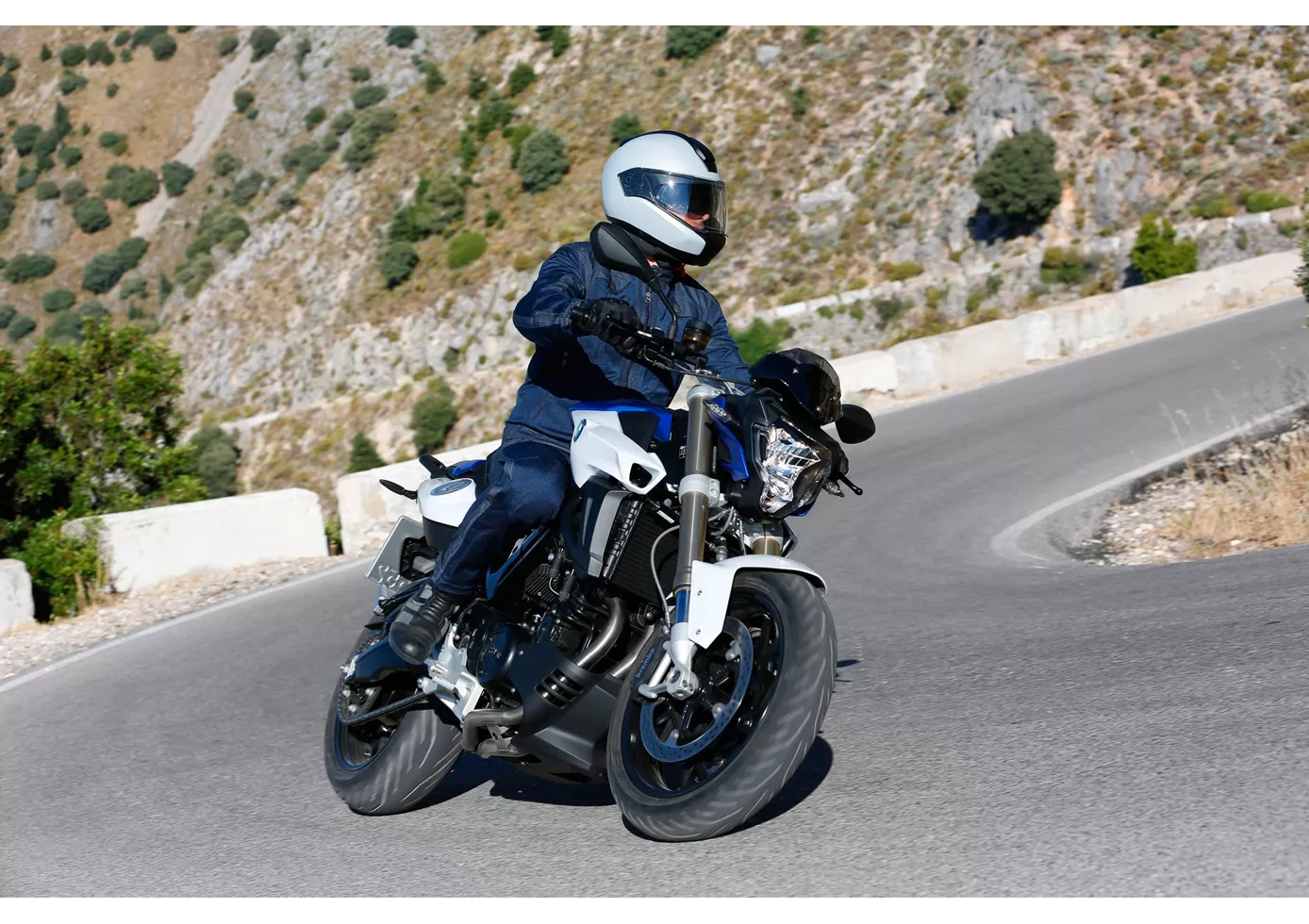
The F 800 R is a motorbike without any real weaknesses, but remains rather unobtrusive overall even after the update. A very positive feature is the overall equipment, which is of very high quality in this league.
Kawasaki Z650 2017

The Kawasaki Z 650 is the tip of the middle class for small male and female riders. On its compact dimensions, you probably won't feel comfortable as a giant. Heart-warming feelings, however, come from the engine, which delights with a very smooth pull. On the chassis side, a Kawasaki-typical tight set-up was chosen, which finds a great compromise in everyday use. The negative display is very easy to read and is reminiscent of its predecessor, the ER-6n - very nice!
Price Comparison Avarage Market Price BMW F 800 R vs Kawasaki Z650
There are a few key differences between a BMW F 800 R 2015 and a Kawasaki Z650 2017. In terms of price, the actual average price of a BMW F 800 R 2015 is about 14% higher. A BMW F 800 R 2015 experiences a loss of 270 USD in one year and 540 USD in two years of ownership. This is offset by a loss of 340 USD and 520 USD for a Kawasaki Z650 2017. Compared to Kawasaki Z650 2017 there are more BMW F 800 R 2015 bikes available on the 1000PS.de Marketplace, specifically 14 compared to 11. It takes less time to sell a Kawasaki Z650 with 76 days compared to 89 days for the BMW F 800 R. Since model year 2009 1000PS.de editors have written 20 reviews for the BMW F 800 R and 31 reviews for the Kawasaki Z650 since model year 2017. The first review for the BMW F 800 R was published on 10/10/2008 and now has more than 8,900 views. This compares to more than 25,000 views for the first review on Kawasaki Z650 published on 11/8/2016.
